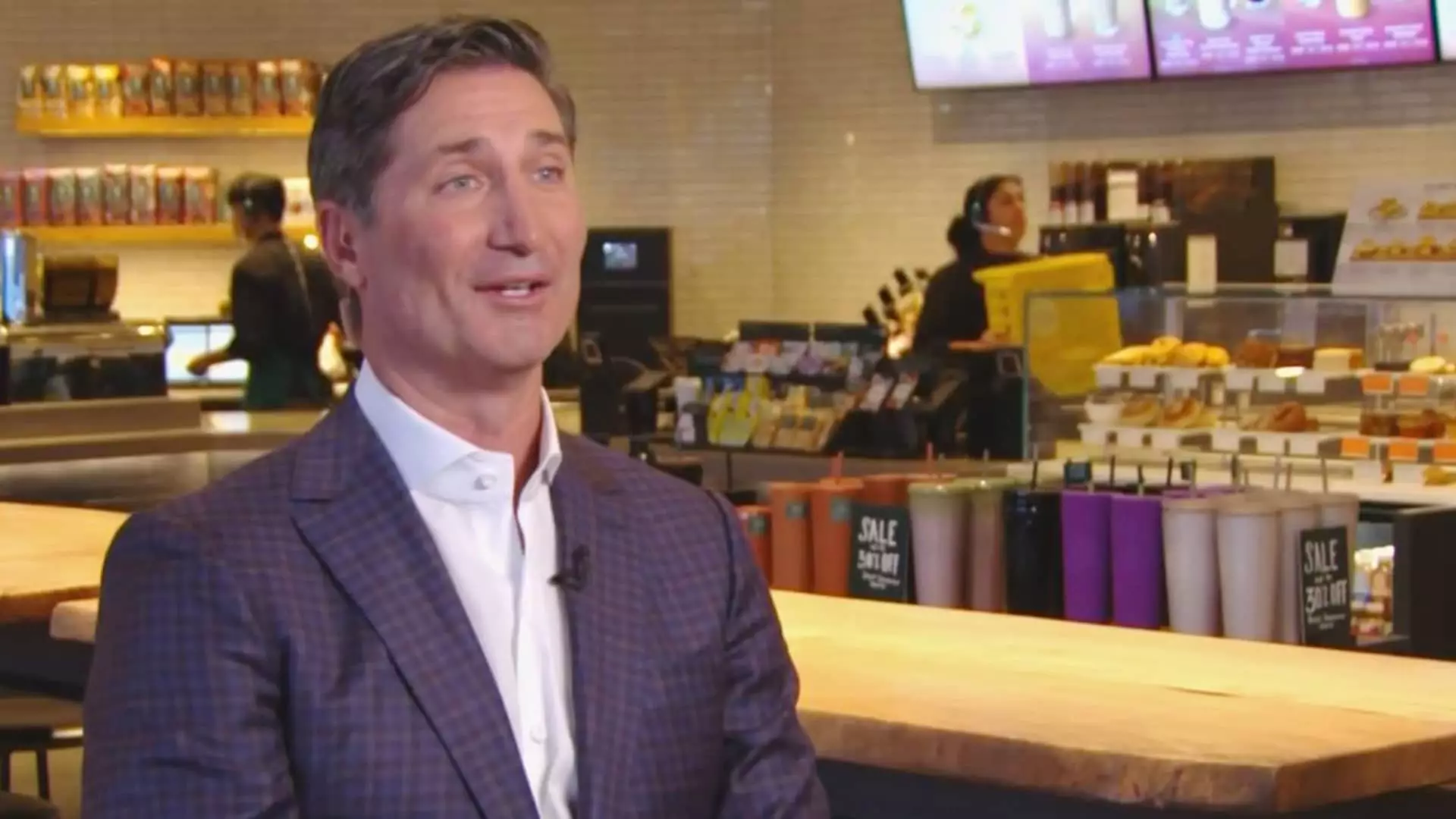As the world’s largest coffeehouse chain grapples with three consecutive quarters of declining sales, Starbucks is determined to reverse this trend and reclaim its position as a go-to destination for coffee lovers. CEO Brian Niccol unveiled a comprehensive turnaround strategy during a recent quarterly conference call that addresses both immediate concerns and future aspirations. This article will explore the key elements of Niccol’s plan, elucidating how these strategies aim to enhance customer experience, optimize business operations, and ultimately reinvigorate Starbucks’ brand presence.
A significant factor affecting Starbucks’ customer satisfaction has been the overwhelming volume of mobile orders, which now constitute over 30% of transactions in the U.S. This surge in mobile ordering has led to congested counters and frustrated customers. Niccol’s solution targets these inefficiencies by improving the accuracy of the Starbucks mobile app, enabling customers to know exactly when their drinks are ready. Furthermore, he emphasizes the need to separate mobile order pickups from in-store orders, thereby creating a smoother, more efficient workflow.
Perhaps the most notable shift in this strategy may involve reducing the extent of customization options available in the mobile ordering app. Niccol argues that some current features lead to unnecessary complexities, both for customers and baristas. By establishing clearer parameters for drink customization, Starbucks aims to enhance order consistency and minimize the time taken to prepare each beverage. This initiative aims to ensure that half of all transactions are completed in under four minutes, elevating the overall customer experience.
Beyond operational tweaks, Starbucks is also revamping its menu to adopt a “fewer, better” philosophy. Niccol recognizes that an overwhelming array of choices can hinder efficiency and complicate the already intricate drink preparation process. By slimming down the menu, the company hopes to streamline operations, allowing baristas to deliver orders quickly and consistently.
The proposed menu restructuring may elicit mixed reactions from loyal customers, some of whom might lament the loss of niche items. However, Niccol is confident that the emphasis on quality service and speedy order fulfillment will ultimately enhance customer satisfaction. The return to fundamental offerings is expected to help baristas master their craft, leading to increased competence in drink preparation.
A key aspect of Starbucks’ identity is its positioning as a “third place”—a comfortable social space distinct from home and work. Recently, this concept appears to have faded in favor of efficiency-driven designs such as pickup-only locations. Niccol aims to revive the coffeehouse feel by reintroducing cozy atmospheres, complete with comfortable seating and familiar design elements.
In this renewal effort, Starbucks plans to embrace design changes that foster a sense of community among patrons. Niccol’s plans may include serving drinks in ceramic mugs and reinstating condiment bars, which would not only optimize barista workflows but also enhance the in-store experience for customers. These thoughtful adjustments reflect a commitment to striking a balance between convenience and ambiance.
Niccol’s transition into the CEO role has encouraged a re-evaluation of Starbucks’ marketing strategies. The intention is to broaden the target audience beyond the Starbucks Rewards members, reaching out to occasional visitors and showcasing the standalone quality of Starbucks beverages. This shift also aligns with the plan to reduce discount-driven promotions that may diminish perceived value and stress baristas.
Under Niccol’s leadership, a significant change is the elimination of the additional charge for milk substitutes, which is expected to resonate positively with health-conscious consumers. The move signals Starbucks’ awareness of customer feedback and willingness to adapt to evolving preferences. Furthermore, by maintaining price stability in North America for the next fiscal year, the company aims to nurture a more favorable perception of its pricing—another vital step in winning back occasional customers dissuaded by previous price increases.
Starbucks is at a critical juncture as it undertakes this multifaceted approach to its turnaround strategy. Through operational efficiency improvements, a strategic menu overhaul, a commitment to community-focused design, and a new marketing direction, Niccol envisions a revitalized coffeehouse that successfully marries speed with quality. These changes aim to restore Starbucks’ reputation, not only as a retailer of excellent coffee but as the quintessential gathering space for social interaction. While it remains to be seen whether these strategies will immediately yield results, Starbucks is earnestly investing in a transformative journey that promises to reshape the future of the beloved coffee chain.

